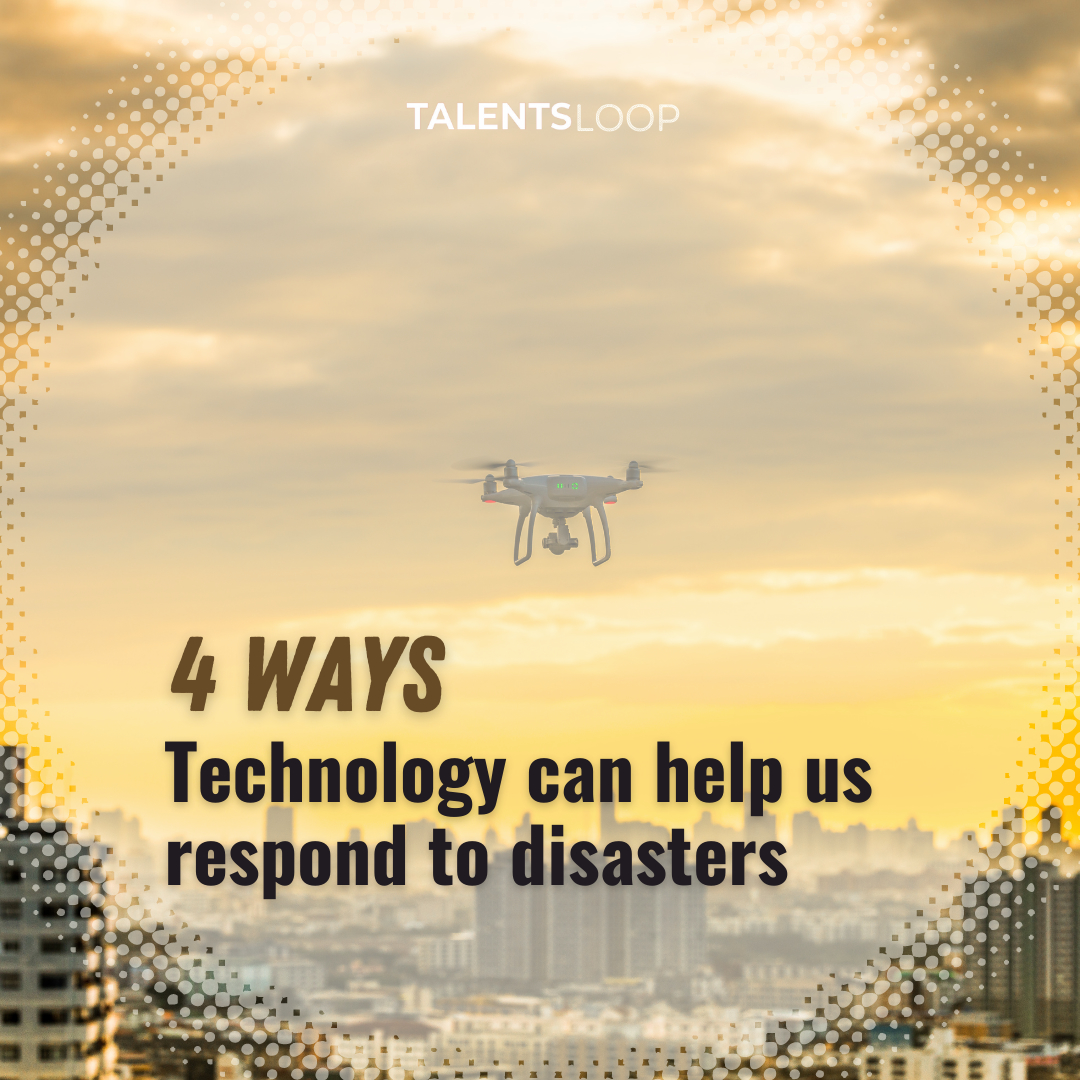
4 ways technology can help us respond to disasters
From aerial robotics to big data analytics, technology presents the opportunity to expedite and magnify the impact of humanitarian relief efforts through greater efficiency and responsiveness; reaching more people, sooner, more cost-effectively, and saving more lives.
- Technology can go where people cannot and where rescue efforts puts the lives of responders at risk
Aerial robotics, including unmanned aerial vehicles (UAVs), aka drones, show tremendous potential to transform humanitarian aid. Using this technology, organizations can map terrain more effectively, assess damage in real time, increase situational awareness through high-resolution mapping and deliver items faster, cheaper and more efficiently.
- Mobile solutions, social media and digital communities provide a new way for organizations and their beneficiaries to communicate
Today, through the proliferation of mobile and social media solutions, relief communications have evolved to the benefit of all. This includes the development of a feedback loop through which information collected is applied to develop a deeper and more real-time understanding of both sector and service user needs, leading to faster, more efficient responses which ultimately supports beneficiaries.
- Big data analytics creates a new era of intelligence for disaster response
Vast amounts of data are created during times of disaster including personal and medical data, the geolocation of roads, the tracking of survivors, and more. Managing this data presents challenges, but when effectively employed, it provides crucial information on which to act, prioritizes and optimizes response efforts and, via crowdsourcing, enhances situational awareness.
- Technology breaks down barriers to enable connectivity when we need it most
In times of disaster, basic connectivity is a form of aid that connects people to the resources critical for survival and enables humanitarian organizations to quickly deliver life-saving information.
